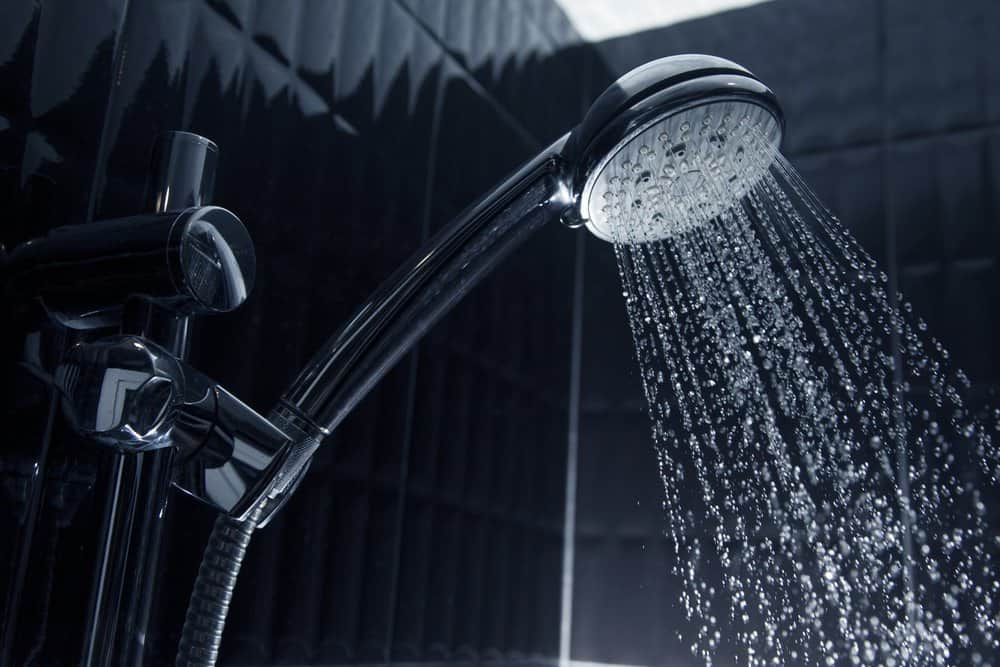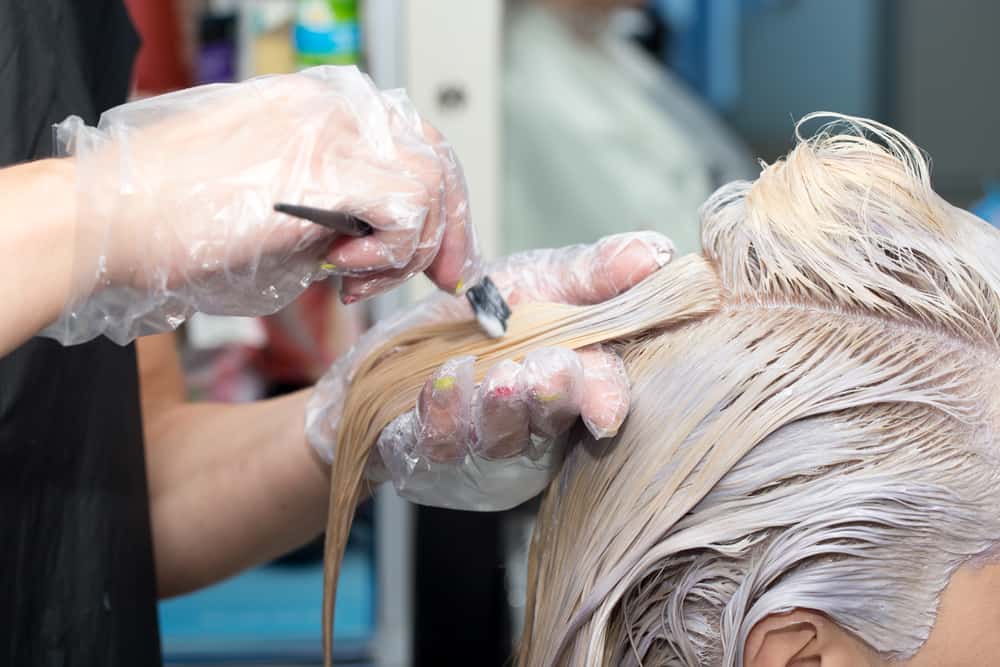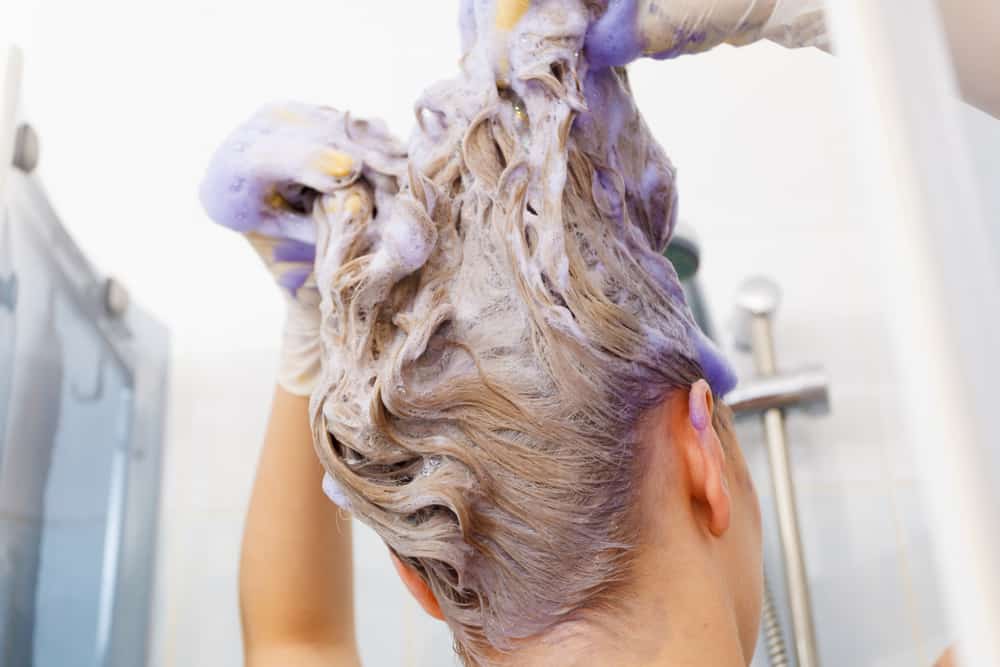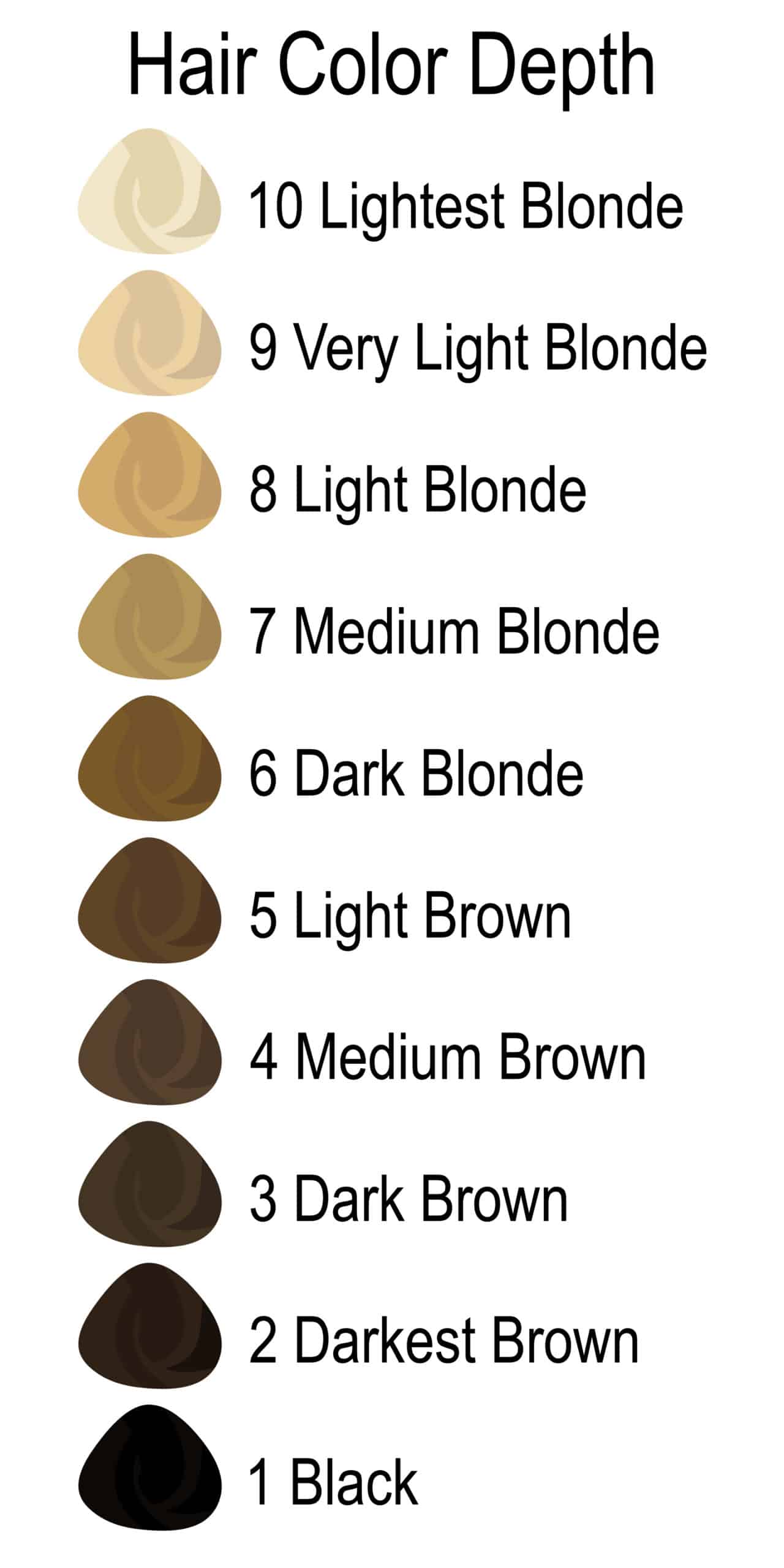Looking in the mirror and noticing all that glitters in your mane isn’t gold (or blonde) is an unsettling realization that is likely to make a home in your head. Yellow or orange is not the new black and never will be if a sparking blonde or a chic golden hue is what you aimed for.
Thankfully, you’re not alone. Brassy hair is something many have experienced following a coloring session that didn’t go as planned. And hey, before you blame your stylist (or the DIY ninja inside you), you should know that many different factors (which we’ll explain in detail) could be responsible for turning your hair brassy.
The good news is that you’re about to learn everything you need to fix and prevent brassy hair. So take a good look at those warm undertones (just in case you’ve developed feelings for them) because you won’t be seeing them again in the future.
Here’s everything you need to know.
What Is Brassiness?
Brassy hairs are the blonde hairs that are appear with a yellowish or orangish tint. Whether your natural color is blonde or brunette, your hair is still susceptible to manifesting these unwanted warm hair tones.
However, we hate to break it to our beautiful brunettes, but the sad news is, brassiness is more common among people with darker hair (you’ll learn why later).
What Is Making Your Hair Brassy and How to Prevent It?
A lot of people think the sole reason behind brassy hair is a failed lightening session, which is not true. It might surprise you that many factors that cause brassiness are a part of your daily routine, and you may have done some of those things as recently as today.
Here are the most probable causes and the best next steps to prevent future issues.
1. Shower Issues

It’s not actually the shower; it’s the chlorine and mineral deposits in your water supply that are doing the damage.
Chlorine hurts the integrity of your hair shaft. It strips the natural oil from your hair and makes it weak and less flexible. It also damages your hair cuticles by making them rough and weak. Damaged cuticles don’t reflect light properly, and unsurprisingly, your hair looks dull and dry as a result.
Minerals in the hard water deposit on your scalp and prevent penetration and absorption of moisture. Not to mention iron deposits in the water can also add redness to your hair, making brassiness more prominent.
And since it’s more difficult to color hair that is already damaged, you can imagine how this might be the first of many things that are making life difficult for you.
Notably, your swimming pool water isn’t innocent either, as the water there will similarly impact your hair.
What to Do:
If you care about the health of your hair in the long run, installing a shower filter has many benefits. A good quality shower filter will minimize minerals touching your locks and scalp and keep your hair’s natural moisture intact.
If you go to the pool a lot, wear a swim cap before you jump in.
2. Shampoo Problems
If you didn’t already know, your regular shampoos also play a part in making your hair brassy. Products that contain parabens, sulfates, and silicones damage your hair color and add brassy tones to it. In addition to that, your hair can also turn brassy if your hair dye is sensitive to the chemicals and ingredients in your shampoo.
There are two options to deal with this. Either go for shampoos that are color-correcting or buy a purple or blue shampoo.

How Hair Color Works
Before we move ahead, a quick color theory lesson could help. Colors appearing on the opposite ends of the color wheel cancel each other out. To relate this to your hair, you only need to remember that violet neutralizes yellow and blue neutralizes orange. Therefore, purple or blue shampoos can counteract the brassy tones in your hair.
What to Do:
If your hair is naturally blonde, let a blue or purple shampoo run down your strands. In the case of highlights, only use the shampoo on the highlighted parts and use your regular shampoo for the rest of the hair.
You don’t have to use it every day—as long as you don’t want to turn your hair violet.
Use it 2-3 times a week. The usage depends on the intensity of the brassiness. As this isn’t a permanent solution, you can test the intensity of your shampoo by observing your hair after every usage. If your hair is looking too ashy, use it less frequently and vice-versa.
3. Water Temperature
It’s probably not the first time you will hear that washing hair with hot water is a bad idea. When hot water falls on your scalp, it opens up the outer cuticle, making your color fade faster.
What to Do:
Try washing your hair with cool water. If winters are making that difficult for you, you can also wash your hair with lukewarm water.
4. UV Rays
Sun gives us a lot of things; sadly, brassiness is also one of them. Well, to be fair to the sun, UV rays boost your keratin production only if the exposure is in an adequate amount.
Still, overexposure to the sun disrupts the balance of your scalp by drying it out. It also lifts the hair’s cuticles, resulting in a weakening of the hydrolipidic film that protects them.
When your hair’s structure is damaged, the dye’s color pigments struggle to cling onto the hair fibers. Not to mention your hair already becomes lighter without the application of bleach.
What to Do:
The simplest way of prevention is by wearing a hat in the summer. But if you think that keeps you from flaunting your beautifully colored hair, you can opt for a sunblock hair serum or a UV protection hair spray.
5. An Underwhelming Bleaching Session

We all have varying quantities of red and orange pigment in our hair. Unless your hair is naturally very light blonde, it has a significant amount of red and orange pigment. And it’s actually this pigment that decides how dark your hair is, naturally.
Therefore, in order to go lighter, you first need to get rid of the underlying pigment by either bleaching or lifting. And that’s where things often go wrong.
Melanin (the pigment present in your hair that decides your natural hair color) is removed or lifted using hydrogen peroxide. When these warm undertones in your hair aren’t appropriately lifted or lightened enough to reach the blonde stage, they end up giving you unflattering brassy tones. This often happens with people who remove the bleach sooner than they should.
What to Do:
Remember that you need to reach that yellow stage while bleaching, which comes when most of the red pigment has been bleached out. This is why brunettes are more likely to get brassy hair than blondes- darker hair requires more bleaching.
How to Fix Brassy Hair
Now that we’re clear about how to prevent brassiness from occurring in the first place and how to preserve your hair color and quality in the future, let’s now move onto more direct fixes.
We’ll first look at the short-term solutions and then go to more long-lasting options.
Short-Term Solutions
1. Temporary Rinse
If you have a party to attend and don’t want to do much work to fix your brassiness, a temporary rinse is the ideal method for you. A temporary rinse is applied after shampooing, and its lifetime is until your next shampoo wash.
How to Apply:
While applying the product, make sure you’re wearing rubber gloves and have dried your hair with a towel. During the application, spread the product evenly onto your mane using a comb to distribute it evenly.
2. Semi-Permanent Toner
We got you a solution for a party. Now we need to cover you for a vacation. This is where semi-permanent toners save the day for you. These products come in the form of liquids or creams and don’t contain any ammonia, which can damage hair fibers.
Semi-permanent toners usually last about a week, but that lifetime depends on the quality of the product you’re using. Typically, they start fading after the third application of shampoo or could go until the sixth wash.
How to Apply:
You don’t need to mix these with a developer (unlike a demi-permanent toner). Just apply to clean and dry hair. Don’t shampoo immediately after applying the semi-permanent toner to achieve the best results.
3. Foam Gloss
Gloss is a fantastic product that many stylists apply even without brassiness occurring. A foam gloss adds moisture and shine to your hair, and more importantly, ‘fine-tunes’ its shade as per your liking.
Foam gloss lasts about a month. But don’t be surprised if its effect starts fading before then. Its impact also depends on the saturation of the gloss color and other factors like exposure to UV rays, mineral deposits and chlorine in the water, pollution, and the hair products you use.
How to Apply:
Apply this in the shower to your hair roots immediately after shampooing. Leave it for 2-3 minutes and rinse afterward.
Long-Term Solutions
You have three options—take the brassiness out using a demi-permanent toner, dye your hair again and return to your natural hair color, or dye your brassy hair further.
1. Tone Your Hair Using a Demi-Permanent Toner
Demi-permanent hair toners are the most popular choice of stylists when it comes to fixing brassy hair. A toner is used to neutralize the colors of unwanted brassy tones and provide a healthier and more natural-looking shade to your hair. It’s only used to manipulate the shade of your applied color.
Like we mentioned before, underwhelming bleaching sessions could also result in unwanted brassy tones. Therefore, the degree of toning depends on how much toning your hair needs, the color of brassy tones, and your natural hair color.
If the degree of brassiness isn’t very high, you can first try neutralizing these warm tones using a purple (for yellow tinge) or blue shampoo (for orange tinge). If your shampoo can’t handle it, go for purple-based or blue-based dye based on the nature of your brassy hair.
The effects of toners last from 6-8 weeks. If you opt for permanent toners that contain ammonia and can change the pigment of your hair shaft, the results will last about 8 weeks.

2. Return to Your Natural Color
This is as simple as it sounds. Some people say, if it’s not meant to be, better not force it. The color closest to your natural hair color level would give you the best result and the amount of orange would be minimized to a significant degree.
You can use the chart given below to determine your natural hair color level.

3. Dye Out the Brassy Hair
If you’re determined to get your dream hair color at any cost, you can dye all the sections of your hair that are brassy. However, bleaching immediately after your first session would damage your scalp, as it won’t be able to retain its natural moisture. So you’ll have to make peace with the brassy hair for about two weeks before you bleach them again. You could always try a semi-permanent toner during that time.
Notably, you don’t have to bleach the entire volume of your hair. Select the sections of your hair that have brassy undertones and divide them into a further four sections using foil and clips, so you can target the brassy areas with ease.
Final Thoughts
Brassy hair can be a frustrating issue that takes a toll on your self-confidence. But as we’ve shown in this article, there are actions you can take to help your hair retain the coloring that you truly desire.
Just remember, repeatedly applying color treatments to your hair can cause damage over time. If you find that you’re struggling with weak or thin hair, check out our guide to getting thicker hair naturally.
